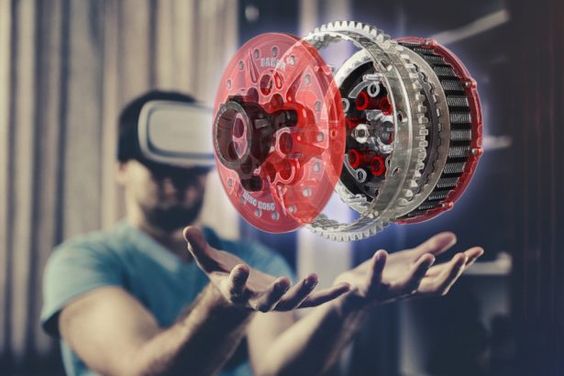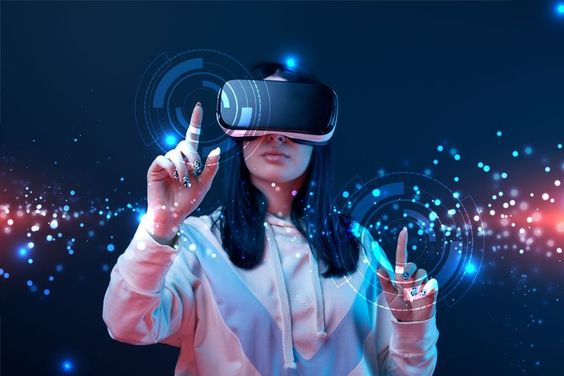The advent of Virtual Reality (VR) and Augmented Reality (AR) is revolutionizing the design landscape, offering unprecedented opportunities for innovation and creativity. These immersive technologies are not just transforming how designers conceptualize and create, but also how users experience and interact with their environments. This article explores how VR and AR are reshaping the world of design, from architectural visualization and product design to user experience and education.
The Power of Immersive Technology
Virtual Reality (VR) provides a completely immersive experience, transporting users into a digital environment where they can interact with objects and surroundings as if they were real. Augmented Reality (AR), on the other hand, overlays digital information onto the real world, enhancing the user’s perception and interaction with their physical environment. Both technologies leverage advanced sensors, 3D modeling, and real-time rendering to create lifelike experiences that were previously unimaginable.

Revolutionizing Architectural Visualization
One of the most significant impacts of VR and AR is in architectural visualization. Architects and designers can now create detailed virtual models of buildings and spaces, allowing clients to explore and interact with designs before they are built. This immersive experience helps clients better understand spatial relationships, lighting, and materials, leading to more informed decision-making and reducing the need for costly revisions. VR walk-throughs and AR-enhanced blueprints provide a level of engagement and clarity that traditional 2D drawings and physical models simply cannot match.
Transforming Product Design and Prototyping
In product design, VR and AR facilitate rapid prototyping and testing. Designers can create virtual prototypes and simulate real-world usage, identifying potential issues and making adjustments early in the development process. This not only speeds up the design cycle but also reduces costs associated with physical prototyping. AR can also enhance collaborative design processes, enabling teams to visualize and manipulate 3D models in real-time, regardless of their physical location. This fosters greater innovation and allows for more efficient communication and iteration.
Enhancing User Experience (UX) Design
User experience (UX) design is another area where VR and AR are making a profound impact. These technologies allow designers to create and test interactive experiences in immersive environments, providing valuable insights into user behavior and preferences. For instance, VR can simulate complex user scenarios, helping designers to optimize interfaces and interactions. AR, meanwhile, can enhance real-world user experiences by providing contextual information and interactive elements that enrich the user’s environment. This leads to more intuitive and engaging product designs that better meet user needs.
Revolutionizing Education and Training
The educational sector is also benefiting from the integration of VR and AR in design. These technologies offer new ways to teach and learn design principles, providing students with hands-on experience in a virtual setting. VR can simulate design challenges and scenarios, giving students a risk-free environment to experiment and learn. AR can enhance traditional learning materials with interactive 3D models and real-time feedback, making complex concepts easier to understand. This immersive approach to education fosters creativity and innovation, preparing students for the future of design.
Future Prospects and Challenges
While the potential of VR and AR in design is immense, there are still challenges to overcome. High costs of equipment and development, technical limitations, and the need for specialized skills can be barriers to widespread adoption. However, as technology continues to advance and become more accessible, these obstacles are likely to diminish. The future of VR and AR in design holds exciting possibilities, from fully immersive virtual workspaces to seamless integration of digital and physical environments.
Virtual Reality and Augmented Reality are transforming the design landscape, offering new tools and methods that enhance creativity, efficiency, and user engagement. By immersing users in interactive environments, these technologies are revolutionizing architectural visualization, product design, UX design, and education. As VR and AR continue to evolve, they will undoubtedly play an increasingly integral role in shaping the future of design. Embracing these innovations today can unlock new dimensions of possibility and set the stage for the next generation of design breakthroughs.

